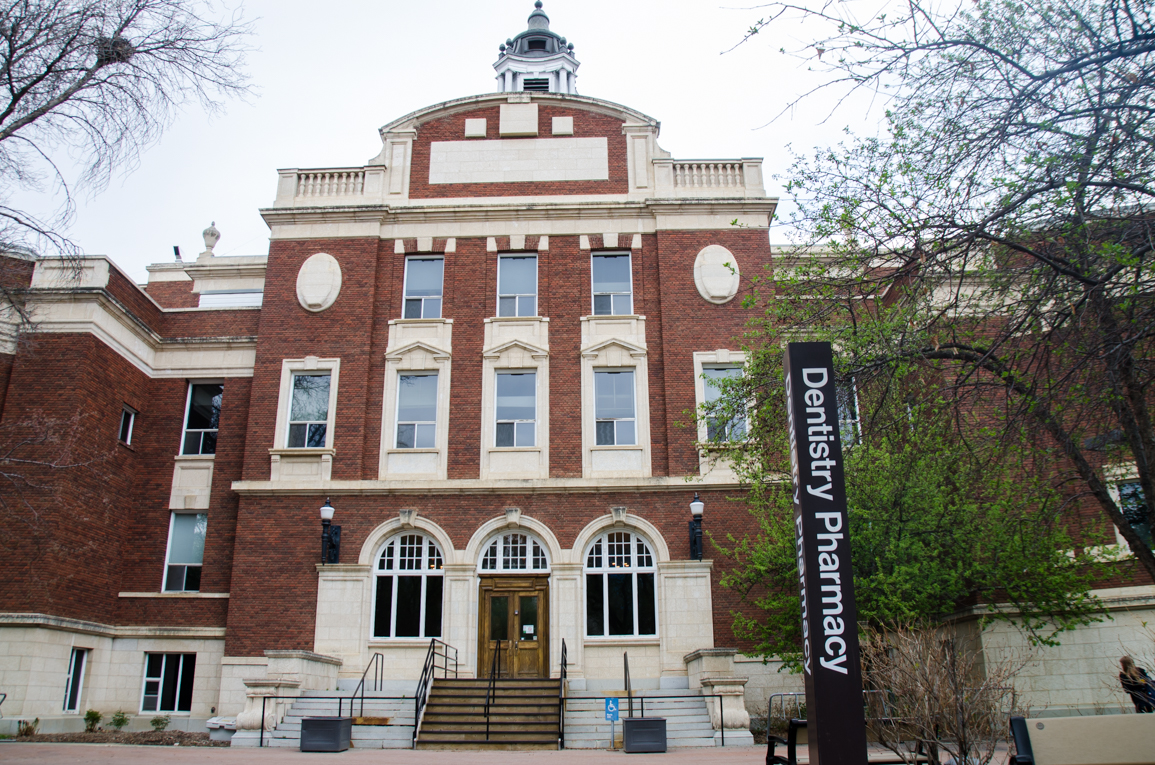Province gives U of A $269 million to address deferred maintenance
 Richard Bagan
Richard BaganThe University of Alberta will be receiving a total of $269 million to renovate the ageing Dentistry Pharmacy Building as well as improve the university’s energy system.
The latest provincial budget has allocated capital for the university, with $239 million being spent over five years on renovating the Dentistry Pharmacy Building into a modern administrative building, coinciding with its hundredth anniversary in 2021. Additionally, $30 million will be spent on upgrading the university’s district energy system over four years. This capital is separate from the university’s operating expenses such as staffing.
Dentistry Pharmacy renovations to replace outdated building materials
According to the university’s Associate Vice-President (Planning and Project Delivery) Pat Jansen, the Dentistry Pharmacy building has accrued up to $80 million in deferred maintenance due to a combination of structures like the mechanical and electrical systems reaching the end of their lifespans.
The modern administrative building will host Student Services and the Dean of Students. Some areas are intended to be ready by the building’s hundredth anniversary in 2021, but the details of this have yet to be determined.
The building was first opened in 1921 as the Medical Building, with additions being added in the 1940s and 50s. Given its age, the materials used in its construction, including its insulation, contribute to the building’s poor energy efficiency.
Jansen said renovating the building is cheaper than building a new administrative building, and it preserves a piece of the university’s history.
The Dentistry Pharmacy building renovation is still in its early stages as they still need to choose a firm to coordinate the building’s design and direct the various engineering and design groups. The renovation hopes to preserve the building’s iconic façade while modernizing its structures and systems to comply with sustainability, material use, and other standards set by Leadership in Energy and Environmental Design (LEED).
“It doesn’t have historic designation, but it does have historic significance to the institution,” Jansen said.
Other priorities include incorporating natural lighting and allocating space for students that had to move to other buildings like the South Academic Building since Dent-Pharm’s closure.
“We are really focused on all of our assets in terms of the renewal, repurpose, and reuse strategy,” Jansen said. “This will be the showcase in terms of what sort of tired, dated assets that have a large, multi-million deferred maintenance liability can be done to bring them back to something student-focused and provides a great use.”
The building is currently being used by staff from the Provincial Exam Centre for marking provincial student exams. They are expected to vacate the building by early 2019. Additionally, Jansen said renovations are unlikely to disrupt pedestrian and vehicle routes.
Work on District Energy System to begin in Fall 2018, third turbine generator still on hold
The university will also spend $30 million over four years to update the university’s energy system and increase its reliability. This will make it more resistant to power outages and allow room for future expansions.
The upgrades will begin as early as Fall 2018 and end approximately in late 2021 to early 2022. While it is possible that some roads may be dug up, the worksites are unlikely to disrupt pedestrian traffic.
“It’s not very sexy what we’re doing, but it’s really about maintaining the reliability of the system,” said Mike Kohlenberg, Associate Vice-President of Utilities.
Kohlenberg said minor outages are rare and quickly resolved, and that a major power outage lasting for more than a couple of hours has not occurred in recent years.
Additionally, a plan dating back to 2014 to install a third co-generation unit, which would produce electricity and heat, has been put on hold due to the low energy prices and renewable energy becoming more accessible. Rather than borrow money for the generator, the plan will be revisited at a later time when energy prices rise.
“Really, any dollar that we can save on the utilities side can go to our core mission of teaching and research at the university,” Kohlenberg said. “We’re not part of the core mission, but we’re essential to make sure it happens.”




